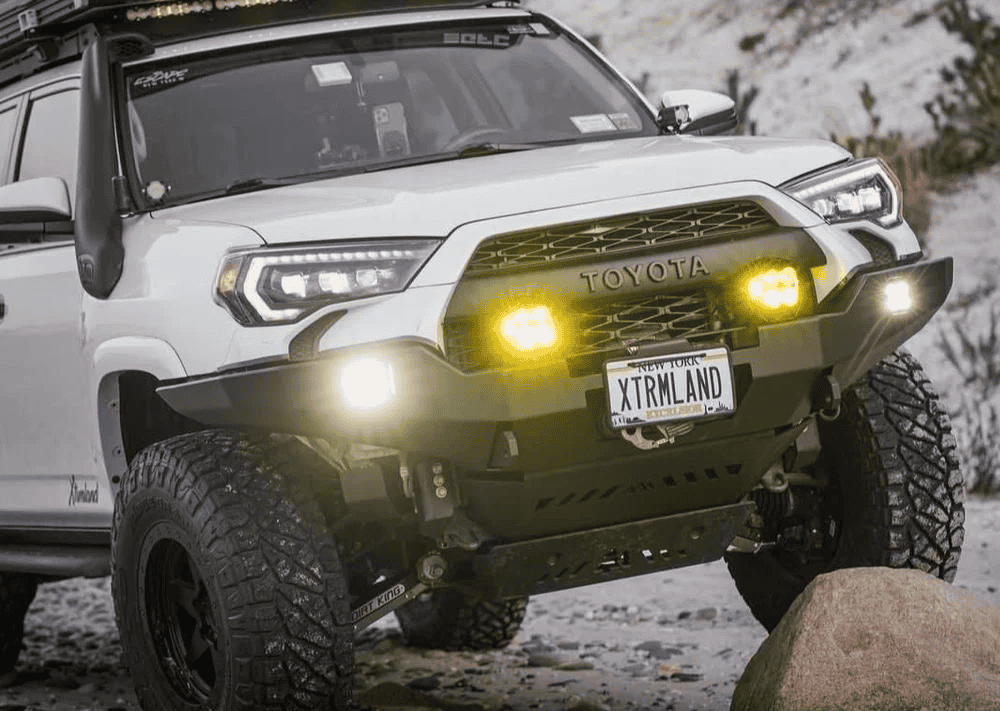Overland Vehicles

Snow is not the enemy; heat loss is. The core of any winter truck campers build is a tight thermal envelope that slows conduction, blocks convection, and chases away radiant chill. Closed cell foam offers consistent R values without absorbing moisture, while mineral wool resists heat and sound but needs careful vapor control. Combine continuous insulation with proper vapor barriers and you keep humidity from condensing inside walls during a long truck camper winter.
Thermal bridging steals warmth through metal ribs and mounts. Break those bridges with foam spacers or wood furring so the interior shell does not touch cold steel. Thermal curtains around the cab, insulated window covers, and a well sealed roof vent reduce drafts. Floors get cold first, so add dense foam and a warm finish surface; the best 4 season truck campers often use cork or rubberized flooring for grip when boots are wet.
Breathing, cooking, and drying gear add gallons of water to the air. A roof vent with positive airflow and a small dehumidifier keep condensation off metal and fabric. Dry air feels warmer and protects structures and electronics.
Mount cabinets on thermal breaks and use insulated fasteners where possible. Even small changes can mean fewer cold spots and less frost behind panels.
Warmth is control. The best truck campers for winter favor sealed combustion heaters that pull air from outside and exhaust to outside, keeping interior humidity stable. Diesel and gas fired air heaters sip fuel, while vented propane furnaces can work well with proper carbon monoxide monitoring. Radiant floors add comfort but draw significant power, so reserve them for targeted zones.
Batteries need their own plan in cold weather. Lithium iron phosphate packs want warmth for both discharge and charging. Place batteries inside the thermal envelope and pair them with heating pads and a smart battery management system. Alternator charging through a DC to DC setup is invaluable on short winter days; solar still helps, but snow and low sun angles limit output.
For plumbing, the best winter truck camper layouts route lines and tanks inside conditioned space. Use heat tape for exposed runs and consider a dry flush cassette or composting toilet to skip black tank freeze risks. If you keep a fresh tank outside, add an insulated box, dedicated ducted heat, and temperature sensors.
House batteries live best inside the cabin. Add a DC to DC charger for dependable replenishment and set low temperature charge limits to protect cells during a cold soak.
Short runs, interior routing, and drain points make winterizing easy. Quick access to valves lets you switch to a dry system when storms linger.
Expedition truck campers depend on the truck as much as the cabin. Weight distribution must favor stability without overloading the rear axle. Snow rated all terrain tires with the three peak mountain snowflake symbol provide grip on packed surfaces. Add chains if you roam high passes. Recovery points, a shovel, traction boards, and a proper jack belong on every overland camper truck that sees ice.
Storage planning keeps heavy items low and centered. Wet storage for skis, boards, and muddy gear should be sealed and vented. The best 4 season truck campers maintain easy access to spare belts, fluids, and a jump starter because winter failures are less forgiving.
Cold fuel thickens and batteries slow. Keep tanks topped, use anti gel treatment where needed, and plan routes with bailout options. Leave margins in daylight and weather windows.
Compact galleys, a real drying zone near the door, and a heated boot compartment change daily life. A small dinette that converts to a secondary bunk makes room for a partner or a friend without wasting space.
Before a big loop, spend a weekend at fifteen degrees. Note cold spots, battery draw, and condensation. Small tweaks after a shakedown turn a good setup into the best winter truck camper for your style.
When you are ready to put this plan into motion, a professionally built platform helps you skip trial and error. If you want to see what a purpose built cold weather rig looks like, explore our winter capable concepts on Explore overland rigs. For tailored layouts, heating integration, and cold proof power, our team in Fayetteville builds to your routes and your gear list through a Custom overland upfit. Curious about process, materials, and aftercare that stand up to ice and washboard roads alike? Learn more at Why choose OZK Customs.
You bring the trails, the temps, and the timeline. We will deliver a quiet, warm, expedition ready cabin on a truck you trust, built in Fayetteville Arkansas and dialed for the way you travel. Tell us your coldest destination, and we will spec the insulation, heat, power, and storage to match.
Ready to build a cold weather overland camper truck that starts every morning and stays warm every night? Tell us how you travel, and our Fayetteville team will spec, build, and deliver a four season rig that fits your routes and your timeline.
ADDRESS:
6159 E Huntsville Rd, Fayetteville, AR 72701
PHONE:
(479) 326-9200
EMAIL:
info@ozkvans.com